WPTRC | Food Safety
Food Safety
WPTRC | Food Safety
Food safety is an action of applying scientific principles in handling, preparation, and storage of food to prevent foodborne illness. Foodborne illness is any illness resulting from foods that people have eaten. The hazards causing foodborne illness are bacteria, viruses, parasites, and toxins from bacteria, plants, animals, or environment. The symptoms of foodborne illness are nausea, abdominal pain, vomiting, diarrhea, fever, headache, or tiredness. Foodborne illness can result in permanent health consequence such as kidney failure or even death, especially to high risk populations, which are children, elderly people, pregnant women, and individuals with weakened immune systems.
Foodborne Illness on Guam
Based on the data from the Guam Public Health and Social Services (GPHSS), the cases of foodborne illness occurred on Guam are estimated between 13,000 and 152,000 each year. The economic cost is estimated from $5.1 to 42.6 million per year. About sixty percentage of foodborne illness on Guam occurs in provide homes. The frequency of foodborne illness on Guam is higher than that in the states. In the United States, the Centers for Disease Control and Prevention (CDC) estimate 76 million cases of foodborne illness per year, resulting in 325,000 hospitalization and 5,000 deaths.
Consumer Food Safety Education
Foodborne illness is preventable. Our food safety program provides food safety education to general consumers, focusing on food safety principles and five key food handling practices:
- Practicing good personal hygiene
- Cook food adequately
- Avoid cross contamination
- Keep food at safe temperatures
- Avoiding risky foods
Kelaguen Safety
Kelaugen is unique and delicious Chamorro dish by mixing meat with lemon, onions, hot peppers, and grated coconut. Unfortunately, kelaguen is identified by GPHSS as one of leading vehicles causing foodborne illness on Guam. The cases of foodborne illness associated with kelaguen are estimated over 1,000 per year. Chicken, fish, and shrimp kelaguen each accounted for about 30% of outbreaks and cases of kelaguen foodborne illnesses. Chicken kelaguen results in the number of foodborne illness about 4-6 times higher than that from shrimp and fish kelaguen. About eighty three percentage of kelaguen boodborne illness is from private homes.
Our food safety program provides a special food safety education on kelaguen to general consumers, food workers, and food safety educators focusing on pathogen control and recommendations of using lemon in kelaguen preparation.
Home Food Preservation
Home food preservation program is to provide various processing technology to farmers, entrepreneurs, and general consumers to safely process food at homes. The home food processing education includes canning, pickling, drying, freezing, sausage making, and fruit juicing processing.
Jian Yang, PhD
Agriculture & Life Sciences Building, Room 113B
University of Guam
UOG Station
Mangilao, Guam 96923
Email: jyang@triton.uog.edu
Phone: (671) 735-2027
Fax: (671) 734-4600





